About Ruta Marcos and Cordero
Located in the heart of La Palma, the Marcos y Cordero Route offers a unique hiking experience through volcanic landscapes and ancient laurel forests. Connecting with nature and history, this trail is a living testimony to the tradition and natural beauty of the Canary Islands.
History and Origin

The Marcos y Cordero Route has its roots in ancient times, originally used by the aborigines to connect different parts of the island. Later, it was adapted by Spanish settlers to transport water and goods across the island, playing a crucial role in the development of the region.
The Marcos y Cordero Route is one of the most emblematic hiking itineraries in La Palma, known for its impressive natural beauty and rich biodiversity. This trail, which extends approximately 13 kilometers, offers hikers a unique experience as they traverse the heart of the island. Beginning at Casa del Monte and culminating at Los Tilos recreational area, the route is accessible to both experienced hikers and those new to hiking, guaranteeing an unforgettable adventure for all skill levels.
The trail is characterized by its diversity of landscapes and ecosystems. From their starting point, hikers are greeted by a laurel forest, a type of subtropical rainforest that is extremely rare and found mainly in the Canary Islands. This forest is a vestige of prehistoric times and offers a glimpse of what the landscapes of the region were like before the arrival of man.
As you proceed along the route, you will pass through several water tunnels. These tunnels, which were built in the 16th century, are part of an ancient system of aqueducts that are still used today to transport water from the top of the island to the agricultural terraces below. Walking through these tunnels is like stepping back in time, and requires hikers to carry flashlights to navigate the darker sections.
One of the highlights of the route are the spectacular views of waterfalls and ravines along the way. These waterfalls, which flow year-round thanks to the region’s humid climate, are not only beautiful, but also vital to the local ecosystem, providing essential habitats for many species of fauna and flora.
In terms of biodiversity, the Marcos y Cordero Route is a real treasure. It is home to a great variety of endemic species, many of which are found nowhere else in the world. Among the fauna, species such as the turquoise pigeon, a bird that is only found in La Palma, and among the flora, species such as the vinatigo and the linden, trees that have survived since the Tertiary Era.
The ecological importance of the route cannot be underestimated. In addition to being a refuge for wildlife, the route also plays a crucial role in the conservation of the island’s water, one of its most precious resources. The diverse ecosystems along the trail help regulate the hydrological cycle and maintain the health of the region’s soil and forests.
For those planning to explore the Marcos y Cordero Route, it is essential to be well prepared. It is recommended to wear appropriate hiking shoes, as the terrain can be slippery and uneven. In addition, it is important to carry enough water and food, as well as adequate clothing for sudden changes in the weather, which may include thick fog or intermittent rain.
In conclusion, the Marcos y Cordero Trail is not just a trail, but an educational experience that offers lessons in geology, ecology and history. It is a place where every step forward takes hikers not only through the natural beauty of La Palma, but also through the living history of the island. This route offers an incomparable showcase of nature in its purest form and man’s interaction with it over the centuries.
The Ruta Marcos y Cordero is a true paradise for nature lovers, offering a safe haven to a wide range of species endemic to La Palma. This trail is distinguished not only by its scenic beauty and historical significance, but also by its rich biodiversity, which plays a crucial role in the conservation of the island’s natural heritage.
Along this route, hikers have the unique opportunity to immerse themselves in a world where flora and fauna coexist in a delicately preserved balance. Among the vegetation, the giant ferns stand out, with their intense green and impressive size, forming a canopy that regulates the temperature and maintains the humidity of the soil, creating an ideal microclimate for other species.
In addition, the trail is dotted with a variety of exotic orchids, some of which are unique to this archipelago. These orchids not only beautify the landscape, but also attract a number of pollinators, playing a vital role in the ecological health of the route. Among them, the Sky Orchid (Ophrys atlantica) and the Tenerife Orchid (Dactylorhiza foliosa) are particularly notable for their rarity and aesthetic beauty.
The fauna along the route is equally fascinating and diverse. The Palm Finch (Fringilla polatzeki), unique to La Palma, is one of the most exciting sightings for birders. This species, with its melodious song and distinctive plumage, adds a touch of magic to the ambiance of the trail. In addition, hikers may also be lucky enough to spot the La Palma Blackbird (Turdus merula cabrerae), another endemic species distinguished by its unique adaptation to the island environment.
Beyond the birds, the route is home to a number of reptiles and amphibians that are crucial to the local ecosystem. The Giant La Palma Lizard (Gallotia auaritae), although rare, can be seen basking on the warmer rocks during sunny days. This impressive reptile, which plays a crucial role in controlling insect populations, is a spectacular sight that adds an element of awe to the trail experience.
Insects, although less notable, are equally important. The La Palma Moth (Paysandisia archon), for example, is remarkable for its size and color, and is an excellent example of the unique biodiversity of the archipelago. These insects, along with a number of butterfly and bee species, contribute to pollination and are indicative of the overall health of the ecosystem.
It is essential that visitors to the Marcos y Cordero Trail are aware of the importance of conserving this unique habitat. The observation and appreciation of these species should be done with respect and care, avoiding disturbing their natural environment. Hopefully, awareness of these natural wonders will encourage greater conservation efforts and a continued appreciation for La Palma’s rich biodiversity. Ultimately, each step along this trail is not only an adventure, but also an educational opportunity that illustrates the interdependence of life on our planet.
The Marcos y Cordero Trail, more than just a hiking trail, constitutes a fundamental axis in La Palma’s environmental conservation efforts. This trail not only fascinates naturalists and hikers with its impressive biodiversity and lush landscapes, but also plays a crucial role in the preservation of the region’s water resources and biological diversity. Through well-structured conservation initiatives and the ongoing commitment of the local community and environmental organizations, the Marcos y Cordero Trail is an exemplary model of how recreational activities can coexist with meaningful ecological objectives.
At the heart of these conservation efforts is the protection of water, a particularly valuable resource on the island of La Palma. The ancient canal systems that traverse this route are not only a marvel of historic engineering, but also continue to play an essential role in water management and distribution. These canals, known locally as‘acequias‘, are essential for transporting water from the mountains to the lower agricultural areas, allowing the cultivation of various crops and sustaining local agriculture. The conservation of these canals not only ensures water sustainability, but also protects the cultural landscape that defines the region.
In addition, the route is a sanctuary for numerous species of flora and fauna, many of which are endemic and depend on the trail’s unique ecosystem for their survival. Biodiversity conservation here involves not only the protection of individual species, but also the preservation of their natural habitat. Local conservation initiatives are aimed at mitigating the impacts of tourism and other human activities by implementing practices that promote responsible ecotourism and environmental education. These practices include limiting the number of visitors to minimize trail erosion, waste management to keep the environment clean, and educational programs that inform visitors about the importance of preserving this fragile ecosystem.
The involvement of the local community in conservation efforts is also a crucial aspect. The residents of La Palma, deeply rooted in their cultural and natural heritage, play an active role in conservation activities. This ranges from participating in trail cleanups to collaborating in reforestation and species monitoring projects. This community involvement not only helps to maintain the route, but also strengthens the bond between people and the natural landscape around them.
Preservation of cultural heritage is also an integral component of conservation initiatives on the Marcos y Cordero Trail. The trail passes through areas that have been used and revered by local inhabitants for centuries. From cave paintings to ancient ceremonial sites, the trail offers a window into the past. Protecting these sites is not only crucial for cultural preservation, but also adds a layer of depth and meaning to each hiker’s experience.
In short, the Marcos y Cordero Route is much more than a simple nature tour; it is a living commitment to environmental and cultural conservation. Every step along this trail is a step towards preserving the wonderful diversity of La Palma for future generations, making this route a pillar in the fight for a sustainable future.
Photo Gallery
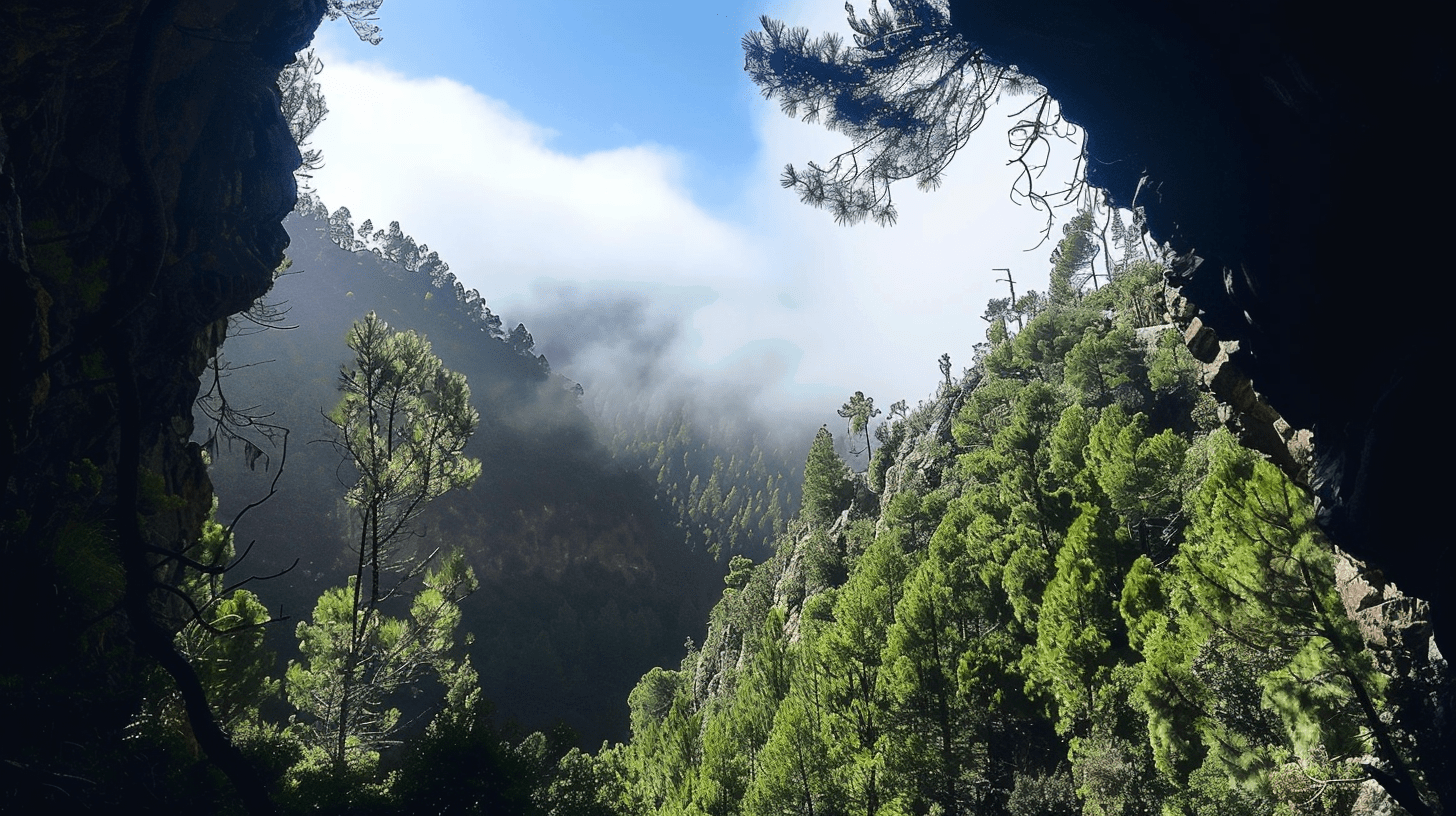



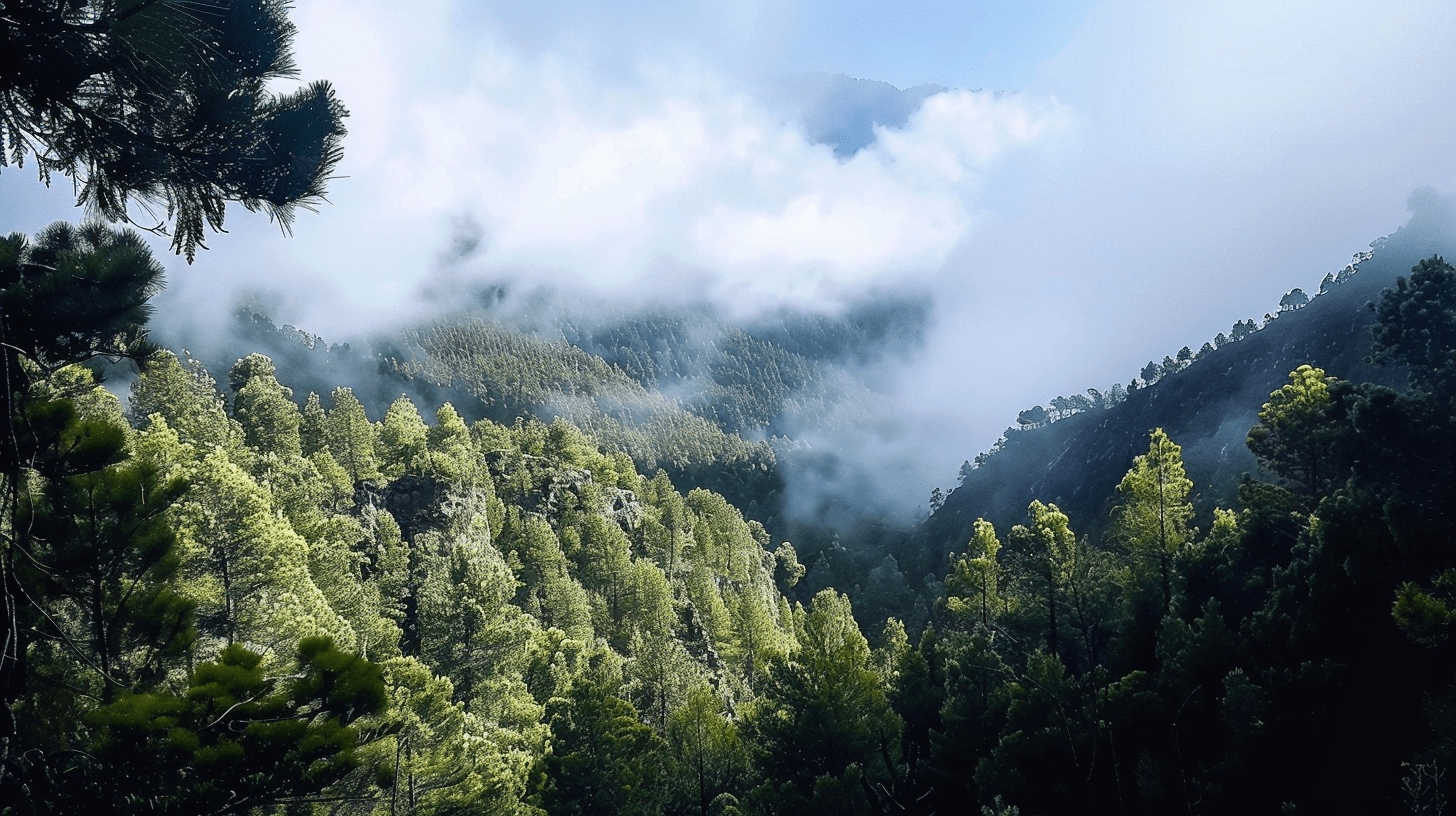


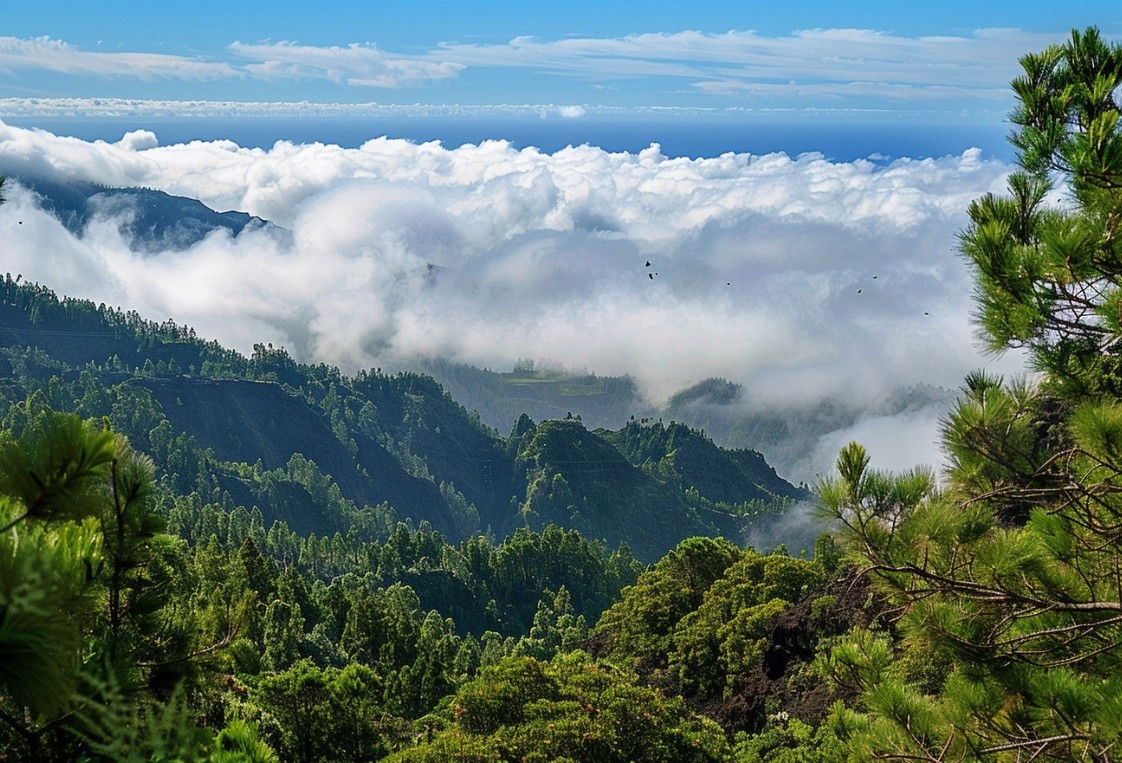

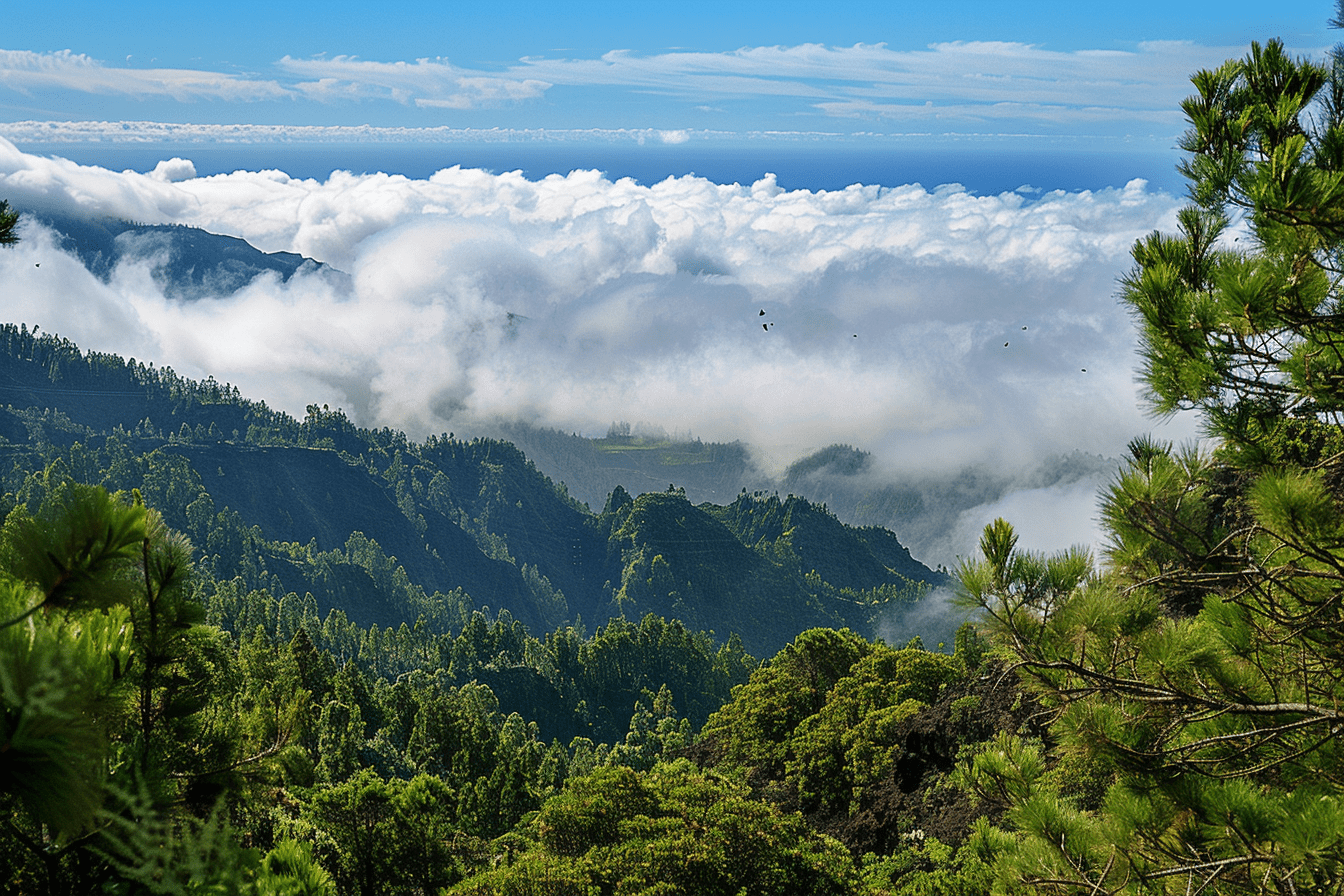
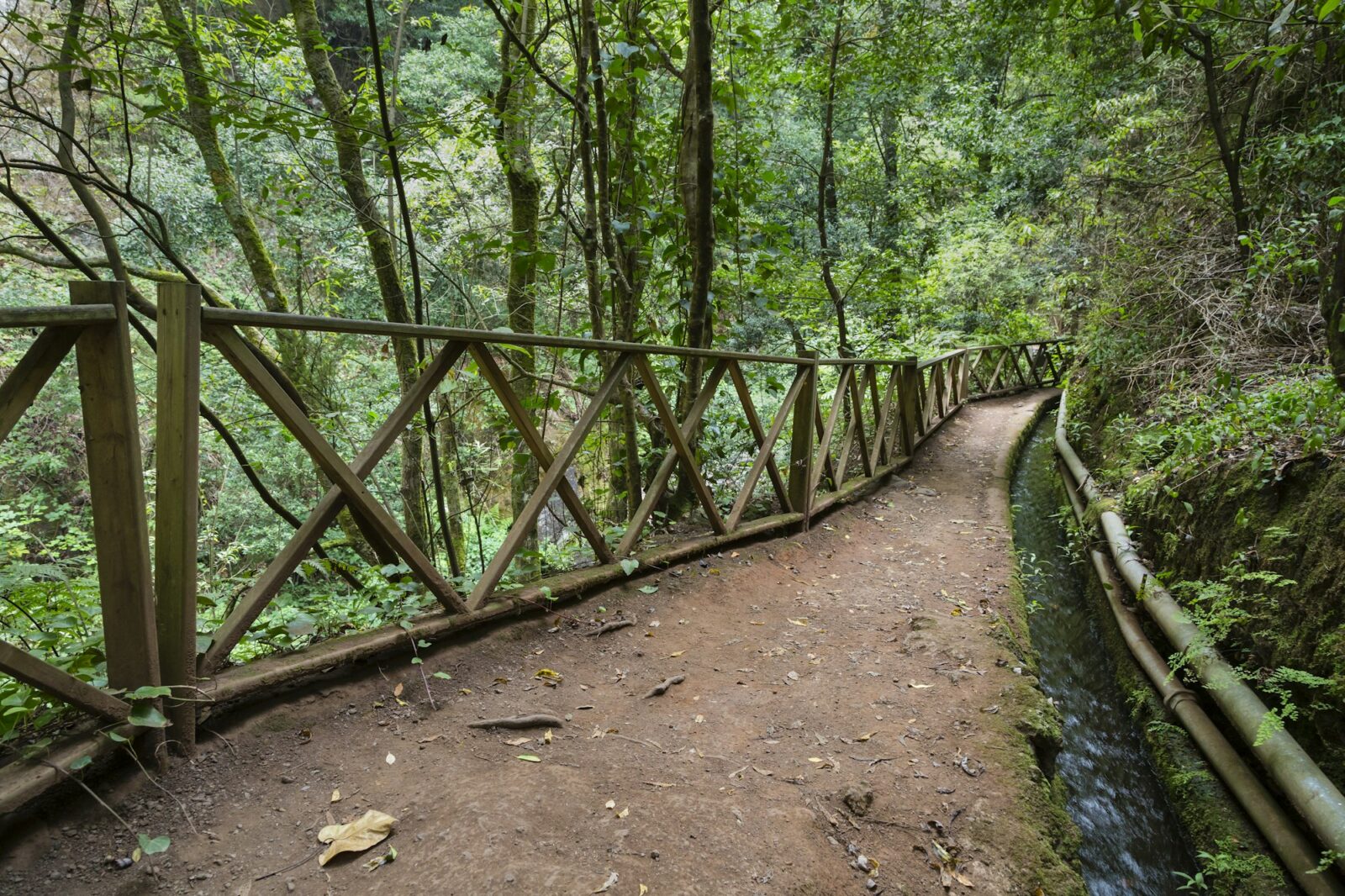
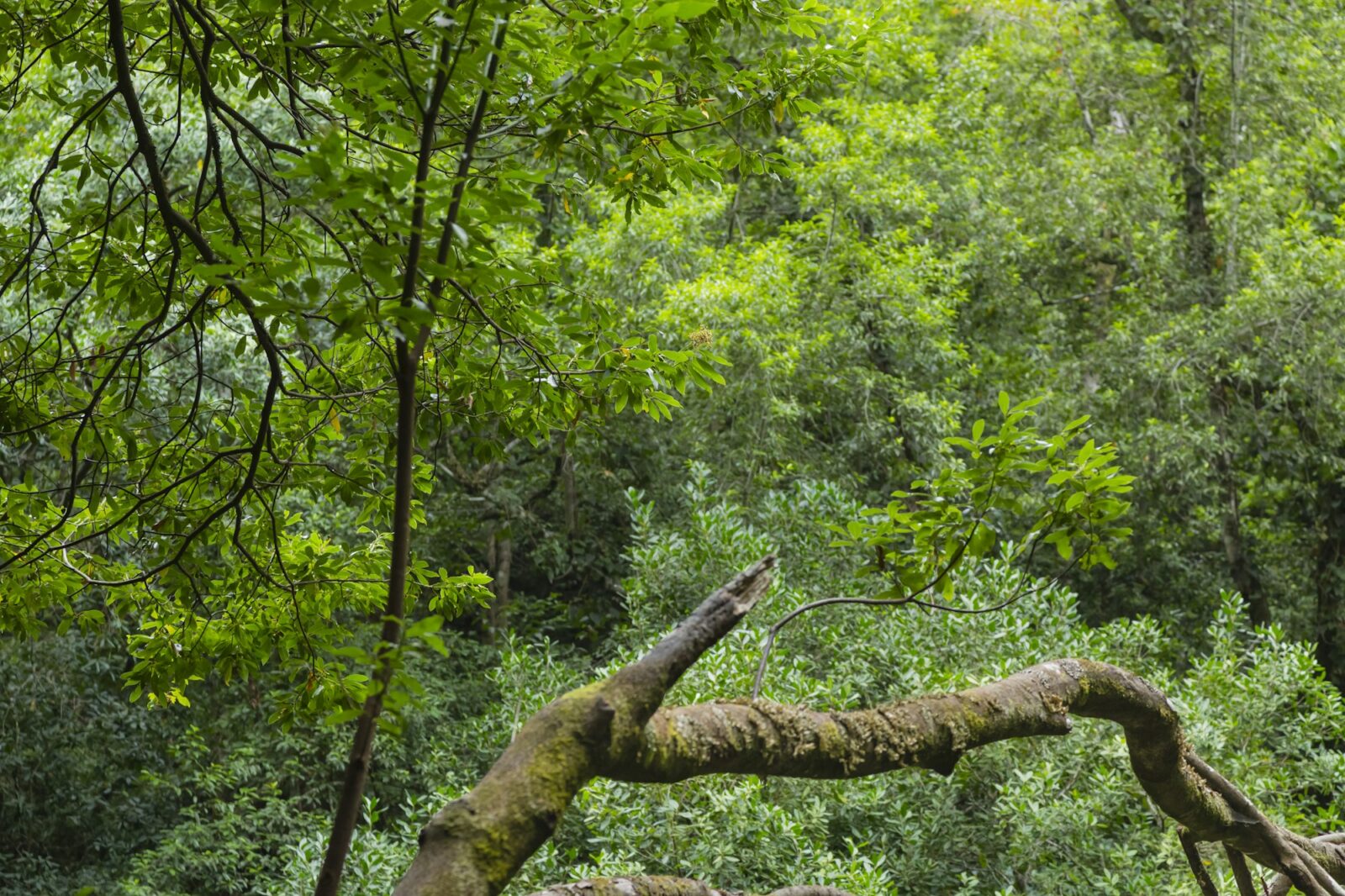
TIPS
Preparations and Recommendations
Before embarking on the Ruta Marcos y Cordero adventure, be sure to bring the proper equipment, hiking shoes, as well as enough water and snacks. It is advisable to bring flashlights because you will pass through several caves along the route and adequate clothing to protect you from the cold or sudden changes in the weather. In addition, it is recommended to check the weather and consider local guides for a more enriching and safe experience.
Transportation vehicle for hikers on La Palma
Convenient and Personalized Transportation
We offer transportation options to and from Ruta Marcos y Cordero, with perfectly equipped vehicles for groups of different sizes. From the moment of your pick-up to your return, our service ensures punctuality and comfort.
Reserve your transportation today
Plan your Adventure
